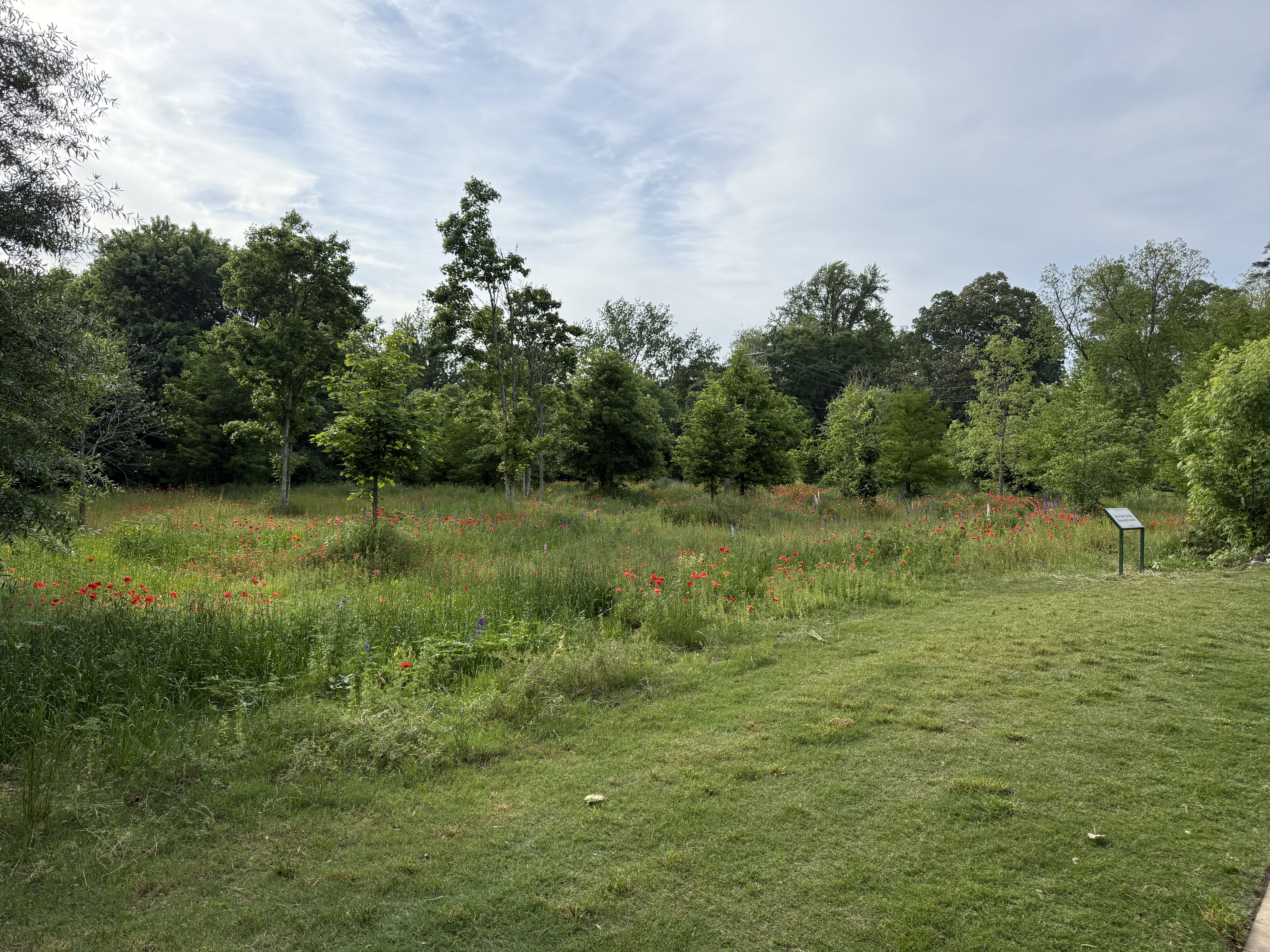Best Retirement Allocation Strategy You’ve Probably Never Heard Of: How a Rising Equity Glidepath Could Save Your Retirement
👉 How would it feel to know exactly when you can retire and how much you can spend without running out of money? Let’s talk. In a complimentary call, I’ll walk you through your numbers and show you strategies that could help you retire with more confidence and less stress. Schedule Your Call
Why Listen to Me?
I've spent over a decade working side-by-side with retirees, pre-retirees, and high-net-worth families, helping them weather volatile markets and optimize their income strategies. I’ve walked clients through good years and brutal ones, and I’ve seen firsthand what strategies work in real life, not just in white papers. Investors and peers respect my approach because I blend academic research with on-the-ground, SEC-compliant, emotionally intelligent planning.
In my experience, the most successful retirees aren’t the ones who hit the highest returns. They’re the ones who manage risk strategically, especially in the first decade of retirement. That’s where the concept of the rising equity glidepath can be a complete game-changer.
Summary: What You’ll Learn
What sequence risk is and why it’s a silent threat to retireesThe traditional asset allocation glidepath versus the rising equity glidepath
How bucket strategies and glidepaths intersect
Actionable ways to implement this strategy using SEC-friendly, rules-based planning
Why this approach may increase your chance of retirement success

The Problem Most Retirees Don’t See Coming
In the first few years of retirement, a bear market can do more damage than you think.
Why? Because of something called sequence of returns risk. If you’re withdrawing money from a portfolio that’s simultaneously dropping in value, those losses can become permanent. Even if the market recovers later, you may not have enough capital left to participate in the recovery.
That’s why a lot of retirement planning doesn’t focus on average returns; it focuses on worst-case timing.
Sequence risk is like driving through a snowstorm in the first five miles of a road trip. It doesn’t matter if the sun comes out later. If you skid off the road early, the trip is over.
Traditional Strategy: The Declining Equity Glidepath
Pros and Cons
The conventional wisdom says, "Get more conservative as you age."
Start retirement with 60-70% in stocks
Gradually reduce that allocation by 1% to 2% per year
End retirement with maybe 30% in stocks and the rest in bonds
Pros:
Feels intuitive and emotionally safer
Matches the aging process and reduced risk tolerance
Cons:
Locks in losses early in retirement
Misses upside when markets recover
Often leads to lower long-term outcomes
In my experience, this strategy makes people feel safer, but doesn’t always actually make them safer financially.
The Rising Equity Glidepath: A Smarter Alternative?
What It Looks Like
Here’s the core idea: Start retirement with a lower equity exposure and increase it gradually over time.
Let’s say you start at 30% equities and 70% bonds or cash.
Every year, you shift 1%-2% more into equities.
After 20 years, you’re back at 60%-70% in equities.
Why It Works:
Protects against sequence risk early on (less equity = less risk of big losses)
Benefits from dollar-cost averaging into equities if markets are down early
Offers more growth potential later, when volatility matters less
I’ve found that this strategy can actually result in lower average equity exposure than a static 60/40 portfolio while still achieving better retirement outcomes.
Bucket Strategies: A Bridge Between Math and Mindset
How Buckets Help Implement Glidepaths
Buckets divide your money into time-based needs:
Bucket 1: 1-3 years of cash for immediate expenses
Bucket 2: 3-10 years in bonds for medium-term stability
Bucket 3: Long-term equities for growth beyond 10 years
This can be incredibly useful when trying to implement a rising equity glidepath because it allows you to spend from bonds early on, letting equities grow untouched.
Pros:
Reduces fear of market downturns
Prevents panic selling
Provides structure to the portfolio
Comparisons: Traditional vs. Rising Glidepath
Glidepath Outcomes
Let’s compare two retirees:
Retiree A: Starts with 60% in stocks, stays there
Retiree B: Starts with 30% in stocks, rises to 70% over 20 years
According to research by Michael Kitces and Wade Pfau:
Retiree B had a higher probability of portfolio success
Retiree B had greater longevity of assets even in bad market conditions
Retiree B actually averaged less overall equity exposure over retirement
Key Stat:
A rising equity glidepath portfolio starting at 30% and ending at 70% had a 95.1% success rate vs. 93.2% for a flat 60/40 portfolio (historical return model).
Source: Kitces, Michael and Pfau, Wade. "Reducing Retirement Risk with a Rising Equity Glidepath."
Implementation: How to Do This (Without Getting Fancy)
You don’t need to make it complicated. I recommend clients use a rules-based rebalancing strategy, such as:
- Rebalance once per year
- Each year, increase equity allocation by 1% to 2%
- Maintain discipline regardless of market headlines
- If that feels scary, pair it with:
- A cash reserve for near-term expenses
- Guaranteed income streams (Social Security, annuities)
- A written investment policy statement that outlines the glidepath strategy
Summary:
Simple, gradual rebalancing
Built-in downside protection
Flexible enough to adjust later
Conclusion: Why This Works
A rising equity glidepath may feel counterintuitive, but it aligns perfectly with how retirement really works. The biggest risk isn’t a low return. It’s a bad return at the wrong time. And by starting conservative and ramping up into equities later, you’re setting yourself up to:
- Protect against early losses
- Capture long-term growth
- Retire with confidence, not fear
👉 How would it feel to know exactly when you can retire and how much you can spend without running out of money? Kind of crazy that you just found this blog… and your next step might be booking a complimentary call. In that call, we’ll explore your numbers and see what’s truly possible for you. Schedule Your Call
FAQs
What is the biggest risk to a retiree's portfolio?
Sequence risk. It’s the risk of getting poor returns early in retirement when you’re making withdrawals. Even average long-term returns won’t save you if the first decade is rough.
Is a rising equity glidepath risky?
Not necessarily. You start with lower equity exposure to reduce risk early, then increase exposure as your time horizon shortens and portfolio needs change. It can actually reduce overall risk.
Can I use this strategy with a financial advisor?
Absolutely. Just make sure your advisor understands glidepaths and sequence risk. Many don’t implement this strategy, but the ones who do tend to use rules-based approaches for compliance and consistency.
Disclaimer: Case studies are hypothetical and do not relate to an actual client of Lock Wealth Management. Clients or potential clients should not interpret any part of the content as a guarantee of achieving similar results or satisfaction if they engage Lock Wealth Management for investment advisory services.
Sources:
https://www.luciacap.com/lcg-weekly/dont-fear-stocks-in-retirement-2/
https://retirementresearcher.com/use-rising-equity-glide-path-retirement/
